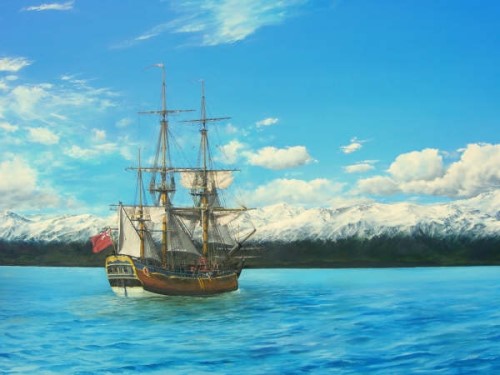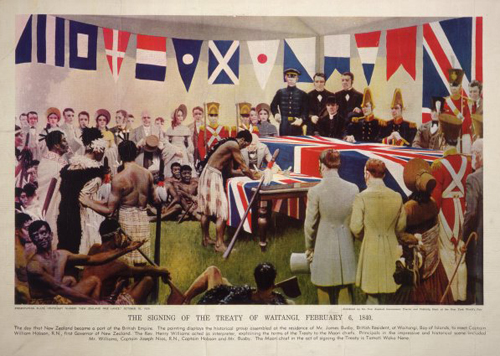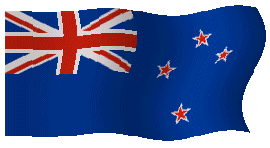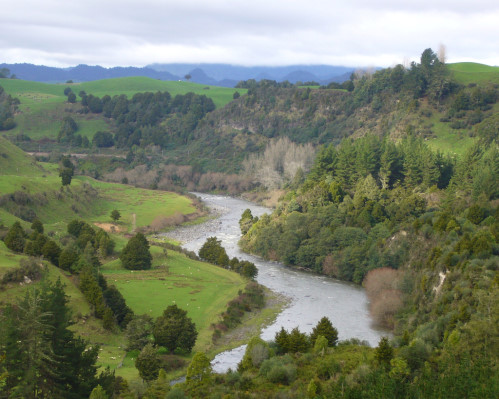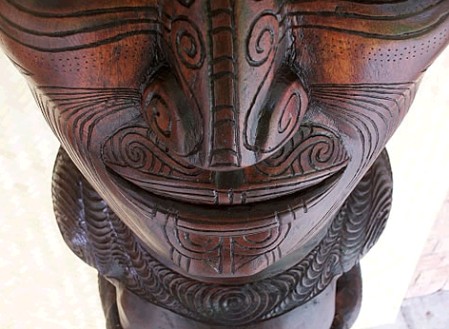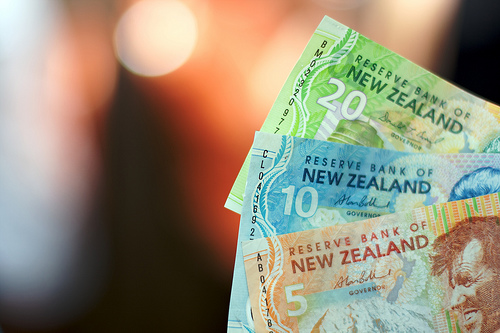 6 6
Crime in New Zealand is well controlled and is in fact reducing per capita year on year, but as with all other countries there is still a fair amount. This means that there are still certain precautions you need to take when in New Zealand to reduce your chance of becoming a victim of crime.
Types of Crime in New Zealand
The types of crimes and the frequency of crimes in New Zealand is however significantly lower than that of South Africa. To give you an idea, in 2012 there were 43 murders reported of which 39 were solved. Overall crime is decreasing by 5% year on year.
Highjackings are unheard of here. Murder, assault, theft and fraud related crimes are steadily decreasing due to a very efficient police force. There is however a disturbing trend of increasing sexual assault cases, as well as driving while under the influence cases.
Another worrying problem is child abuse cases, especially among the Maori / Pacific Island population. This prompted a no-smacking law to be introduced in 2009.
Anti Smacking Law in New Zealand
It was however not well received so a referendum was held asking if you agreed with the law change or not. Over 80% of the population did not agree with the law change. A decision was then made to keep the law in place in order to give the police the teeth required when child abuse does occur, but that the law would not be strictly imposed under normal circumstances. In other words you are allowed to give your child a hiding as long as it doesn’t cause bodily harm. A recent poll (April 2012) shows that 56% of parents said they have smacked their child or children since the law change and 66% of parents said they would smack their child in future. 81% of parents said they would not report another parent who they saw smacking a child on their backside or hand.
Recent police statistics (2011) showed that almost 500 Kiwi families have had a police investigation for allegations of smacking or minor acts of physical discipline since the law was passed – yet only 7% of them have been serious enough to warrant charges being laid.
Preventing Crime
As South African this comes naturally already, but once you have been here a while you tend to become a little lax, so here are a few pointers anyway.
- Lock your car door and close the windows when going shopping
- Don’t leave your cellphone, laptop or other electronics in plain sight in the car, put it in the cubbyhole or boot.
- When shopping don’t put your wallet on the baby seat in the trolley and then walk off – yes people do that here.
- Close the windows and lock the doors to your house when going out.
- At night, lock the doors to the house and close the windows to the rooms where you are not sleeping in. Have anti-theft latches installed to the bedroom windows so that they can’t be opened fully.
- Swipe your own card when paying at restaurants. Don’t let the waiter take the card away.
- Make a list of all the serial numbers of your electronic goods so that they can be loaded into the Police database when stolen. That way they can be traced if the burglar tries to sell it to a second hand shop.
What to do if you are a victim of crime.
Report it at your nearest Police station, or call 111. If it is a break in or something like that where there is a crime scene, then don’t touch anything until the Police have given you the all clear. Crimes are properly investigated here and the perpetrators do get caught, so you don’t want to destroy any evidence that could help the Police.
Jury Duty
In New Zealand you can be called up to perform jury duties. This includes Permanent Residents, but not those on Work Permits.
If you are called up for Jury Duty, you are required to perform those duties by law, unless you have a very good reason for the judge to excuse you. Most cases are quick, but more serious cases can spread over a few months.
You are compensated for your time in court, but it will obviously not be what you normally get paid at work. Many employers though will still pay you your salary when on Jury Duty. |







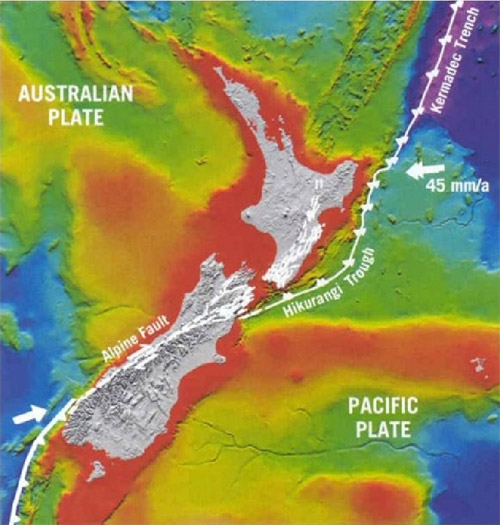 .
.



